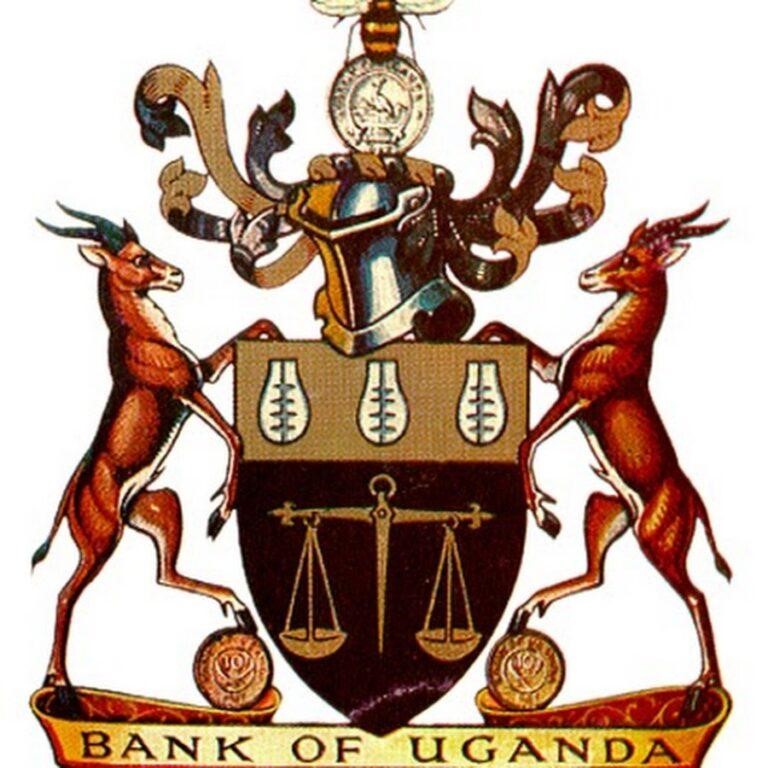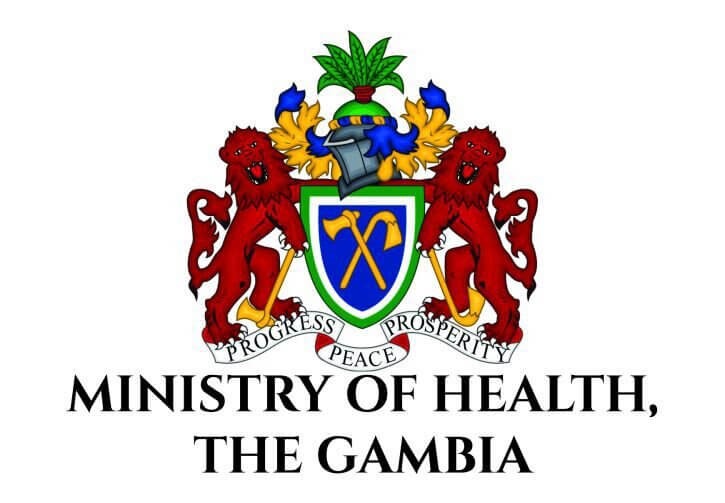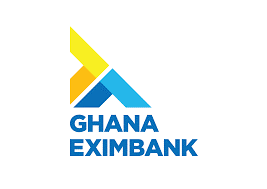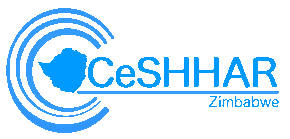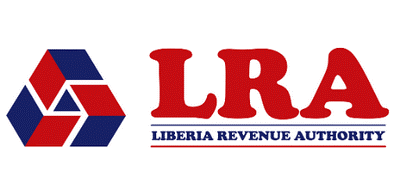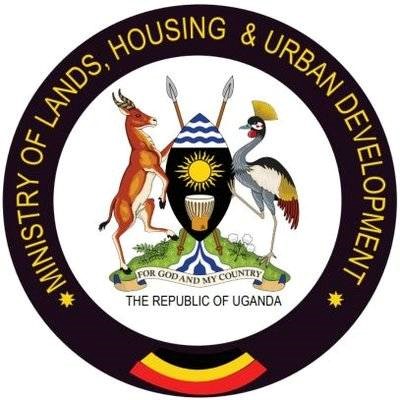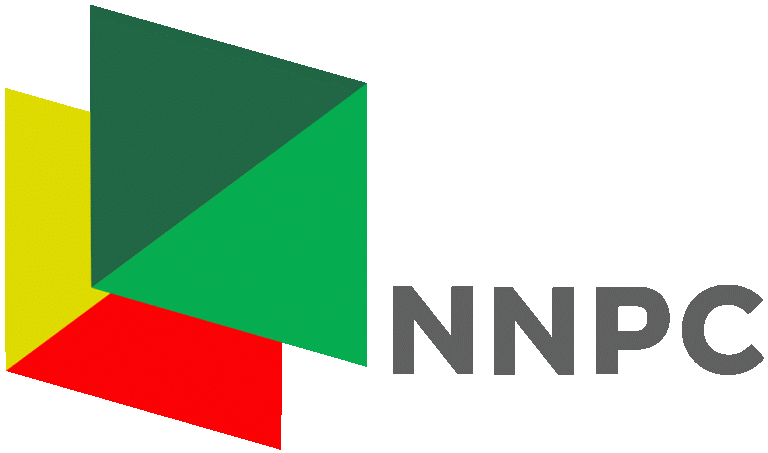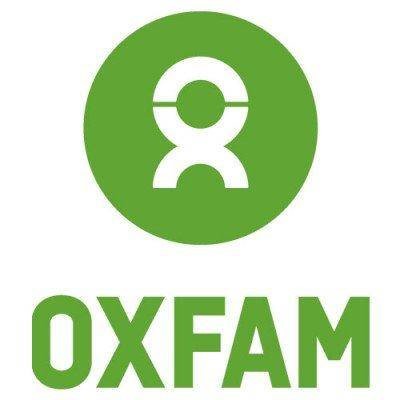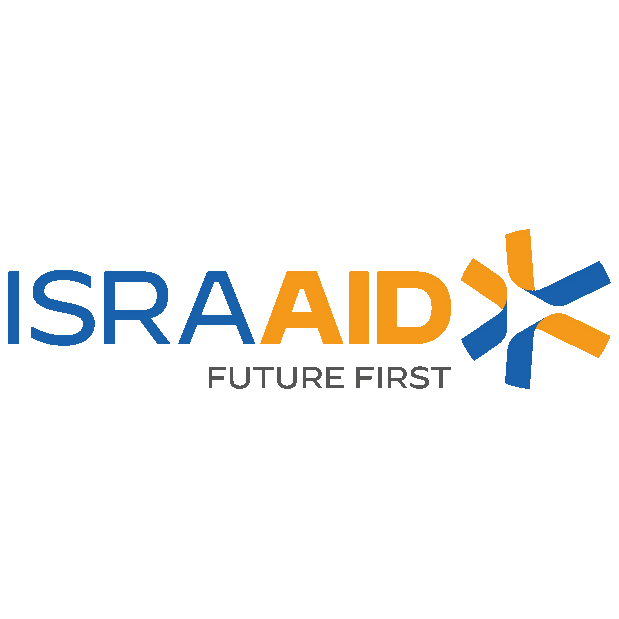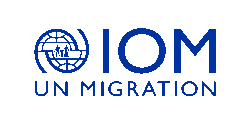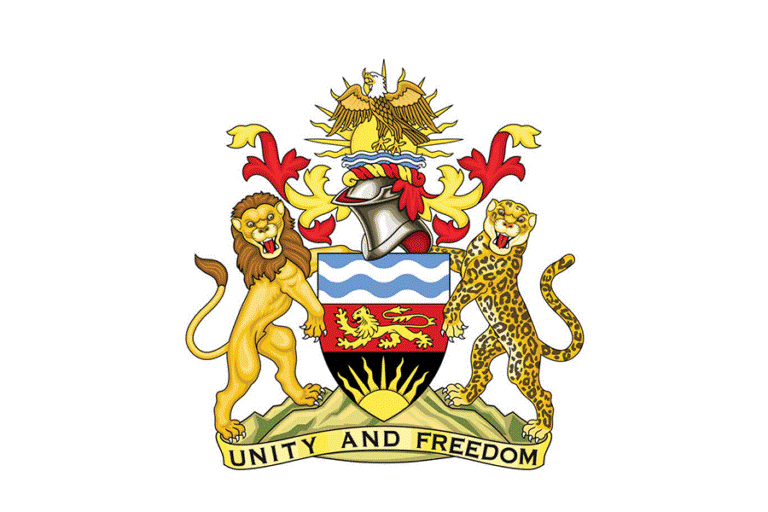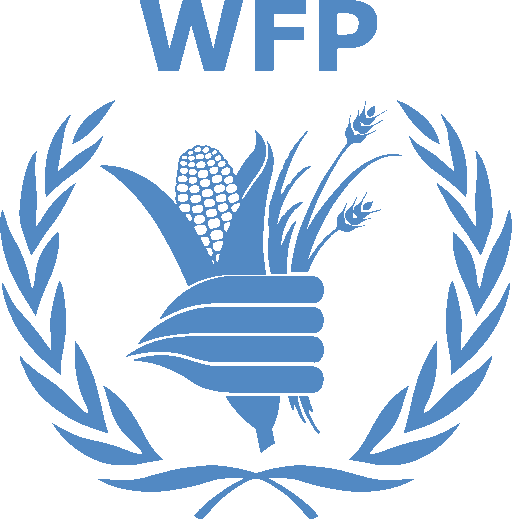Workshop on Gender Analysis and Development
INTRODUCTION
The Gender Analysis and Development course provides participants with the foundational knowledge, tools, and practical skills required to analyze gender inequalities and apply gender-sensitive strategies in development programs. The course emphasizes the importance of recognizing gender differences in needs, roles, and access to resources, while fostering inclusive and equitable growth.
The training spans 10 days, during which participants engage in lectures, group discussions, case studies, and interactive exercises to apply gender analysis tools in real-world contexts. By the end of the course, participants will have the skills to integrate gender considerations into policy-making, project design, and implementation.
This 10-day training course on Gender Analysis and Development typically aims to deepen participants' understanding of gender dynamics in social, economic, and political contexts. This course enables development practitioners, policy-makers, and stakeholders to integrate gender perspectives into their work and design gender-sensitive interventions.
DURATION
10 Days
TARGET AUDIENCE
This course targets researchers, activists, policy makers, advocates, feminists, NGOs and CBOs staff, UN staff, donor corporation field workers, volunteers, students, and trainers.
OBJECTIVES
By the end of this course, participants should be able to:
- Understand key gender concepts: Gain a deep understanding of concepts such as gender, gender roles, gender equity, and gender equality, and how they influence development.
- Conduct gender analysis: Learn the tools and methods for analyzing gender issues in various sectors (health, education, agriculture, etc.) to identify inequalities and potential impacts of policies or programs.
- Integrate gender into development planning: Equip participants with practical skills to ensure that gender concerns are included in project design, budgeting, and implementation.
- Develop gender-sensitive policies: Understand the policy implications of gender analysis and create strategies that promote gender equity in both policy and practice.
- Address intersectionality: Understand how other social identities (class, race, ethnicity, etc.) intersect with gender to affect individuals' experiences and opportunities.
- Monitor and evaluate gender outcomes: Learn how to assess the impact of development programs on different gender groups through effective monitoring and evaluation (M&E) frameworks.
COURSE OUTLINE
Module 1: Introduction to Gender and Development
- Gender concepts and definitions: Difference between sex and gender, gender roles, and stereotypes.
- Historical evolution of gender and development: Overview of gender in development theory (WID, WAD, GAD).
- Global gender frameworks: CEDAW, Sustainable Development Goals (SDG 5), Beijing Declaration.
Module 2: Gender Analysis Frameworks and Tools
- Overview of gender analysis frameworks: Harvard Analytical Framework, Gender Equality Framework, Moser Framework, etc.
- Tools for conducting gender analysis: Gender-disaggregated data collection, power mapping, and resource distribution.
- Case studies: Applying gender analysis in specific sectors (e.g., education, health, agriculture).
Module 3: Gender and Policy Development
- Gender mainstreaming in policy and practice: Defining and understanding gender mainstreaming.
- Steps to integrate gender into policy planning: Identifying entry points for gender concerns in development policies.
- Case studies: Gender-sensitive policy analysis from international organizations (UN, World Bank, etc.).
Module 4: Intersectionality in Gender Analysis
- Intersectionality and its role in gender analysis: Understanding how gender intersects with other social identities (race, class, disability, etc.).
- Case studies: Intersectional analysis in various regions and development contexts.
- Group exercises: Analyzing the effects of intersectionality on different groups in hypothetical development scenarios.
Module 5: Gender, Empowerment, and Participation
- Gender and empowerment: Defining empowerment and measuring it through gender-sensitive indicators.
- Strategies for increasing women’s participation: Understanding barriers to participation in political, economic, and social domains.
- Tools for empowerment: Access to education, microfinance, leadership training, legal rights.
Module 6: Monitoring, Evaluation, and Learning (MEL) for Gender Outcomes
- Designing gender-sensitive M&E systems: Setting indicators that measure the gender impact of development interventions.
- Gender-responsive data collection: Gender disaggregated data, qualitative and quantitative methods.
- Best practices for evaluating gender impact: Techniques and case studies on assessing gender outcomes.
Module 7: Action Plan Development and Course Conclusion
- Creating a gender action plan: Participants design an action plan for integrating gender in their respective fields of work.
- Group presentations: Sharing action plans and receiving peer feedback.
- Final reflections and course closure: Summary of key learnings, certificate awarding, and next steps for participants.
CERTIFICATION
- Upon successful completion of this training, participants will be issued with Macskills Training and Development Institute Certificate
TRAINING VENUE
- Training will be held at Macskills Training Centre. We also tailor make the training upon request at different locations across the world.
AIRPORT PICK UP AND ACCOMMODATION
- Airport pick up and accommodation is arranged upon request
TERMS OF PAYMENT
- Payment should be made to Macskills Development Institute bank account before the start of the training and receipts sent to info@macskillsdevelopment.com
Workshop On Gender Analysis And Development in Kenya
| Dates | Fees | Location | Action |
|---|---|---|---|
| 13/10/2025 - 24/10/2025 | $2,950 | Mombasa |
|
| 20/10/2025 - 31/10/2025 | $2,450 | Nairobi |
|
| 03/11/2025 - 14/11/2025 | $5,950 | Dubai |
|
| 10/11/2025 - 21/11/2025 | $3,950 | Kigali |
|
| 17/11/2025 - 28/11/2025 | $2,450 | Nairobi |
|
| 01/12/2025 - 12/12/2025 | $5,950 | Dubai |
|
| 08/12/2025 - 19/12/2025 | $2,450 | Nairobi |
|
| 05/01/2026 - 16/01/2026 | $4,950 | Johannesburg |
|
| 12/01/2026 - 23/01/2026 | $3,950 | Kigali |
|
| 19/01/2026 - 30/01/2026 | $2,450 | Nairobi |
|
| 02/02/2026 - 13/02/2026 | $5,950 | Dubai |
|
| 09/02/2026 - 20/02/2026 | $3,250 | Mombasa |
|
| 16/02/2026 - 27/02/2026 | $2,450 | Nairobi |
|
| 02/03/2026 - 13/03/2026 | $5.950 | Instanbul |
|
| 09/03/2026 - 20/03/2026 | $3,950 | Kigali |
|
| 16/03/2026 - 27/03/2026 | $2,450 | Nairobi |
|
| 06/04/2026 - 17/04/2026 | $4,950 | Johannesburg |
|
| 13/04/2026 - 24/04/2026 | $2,450 | Nairobi |
|
| 04/05/2026 - 15/05/2026 | $4,950 | Pretoria |
|
| 11/05/2026 - 22/05/2026 | $3,250 | Mombasa |
|
| 18/05/2026 - 29/05/2026 | $2,450 | Nairobi |
|
| 01/06/2026 - 12/06/2026 | $4,950 | Johannesburg |
|
| 08/06/2026 - 19/06/2026 | $3,950 | Kigali |
|
| 15/06/2026 - 26/06/2026 | $2,450 | Nairobi |
|

